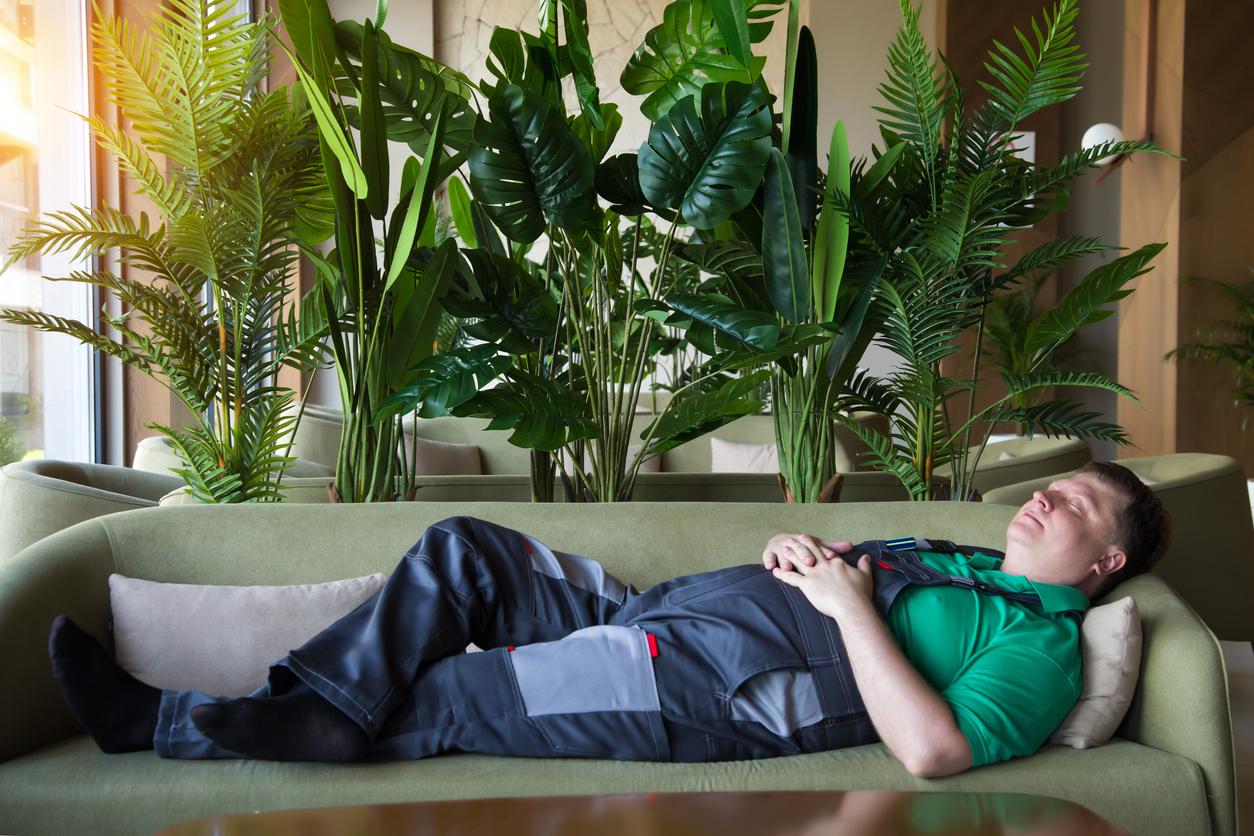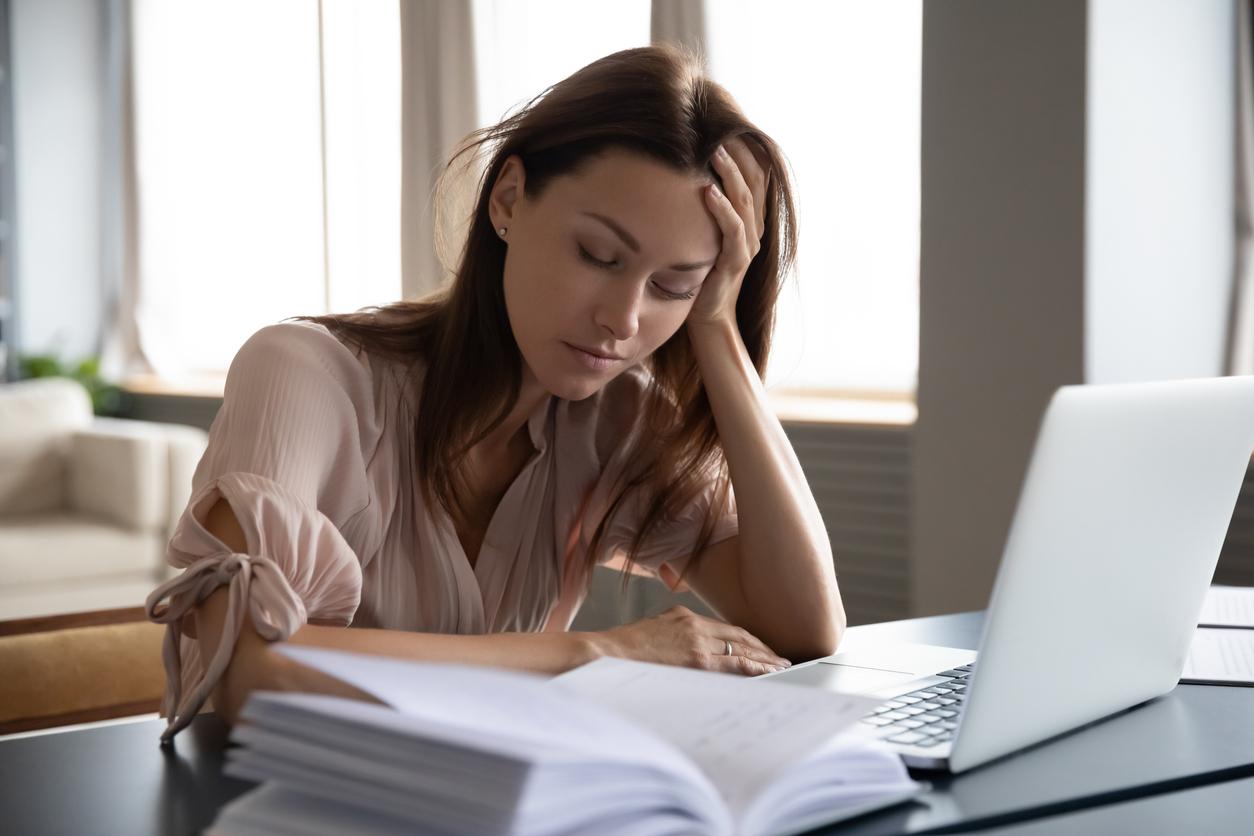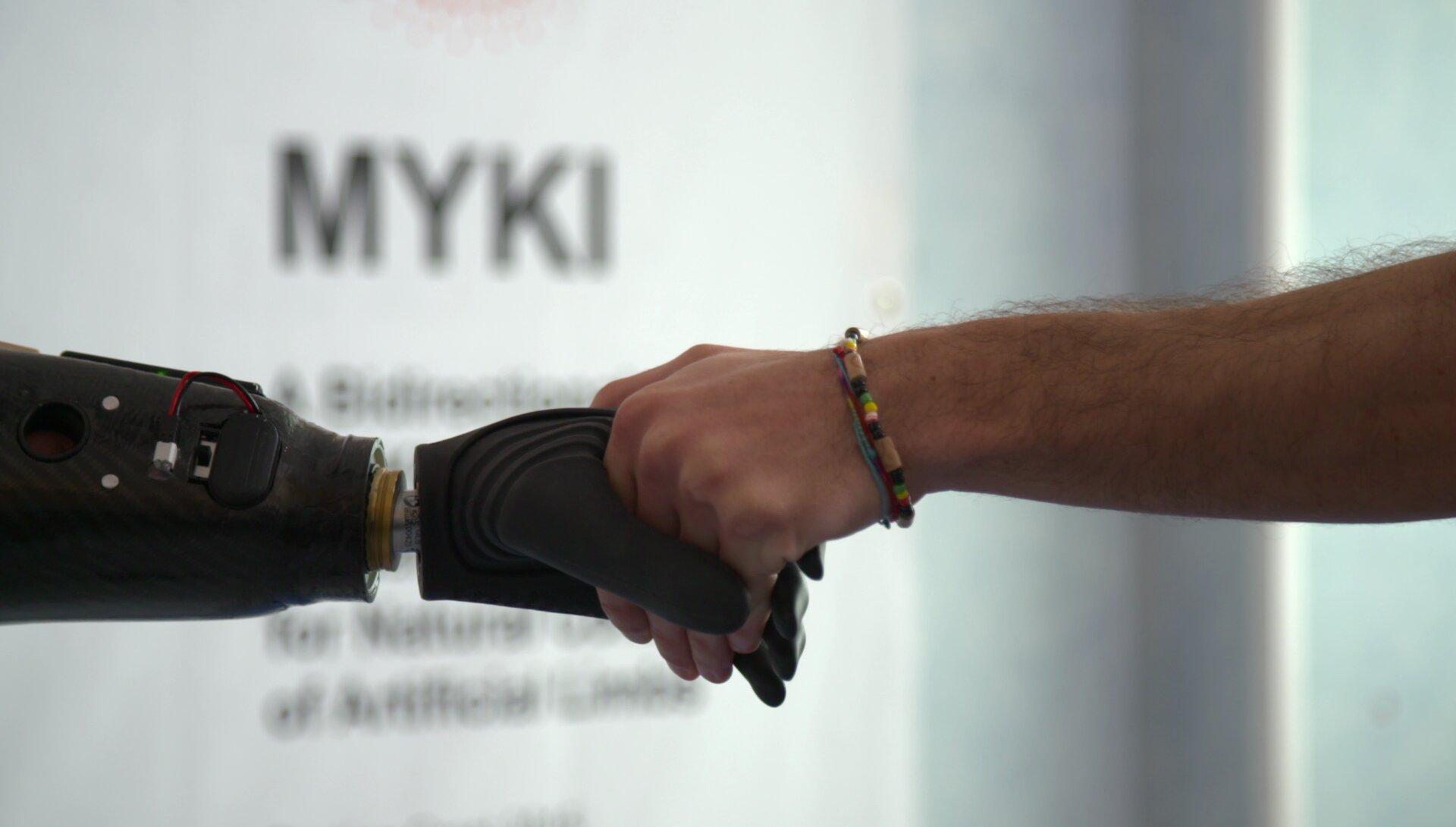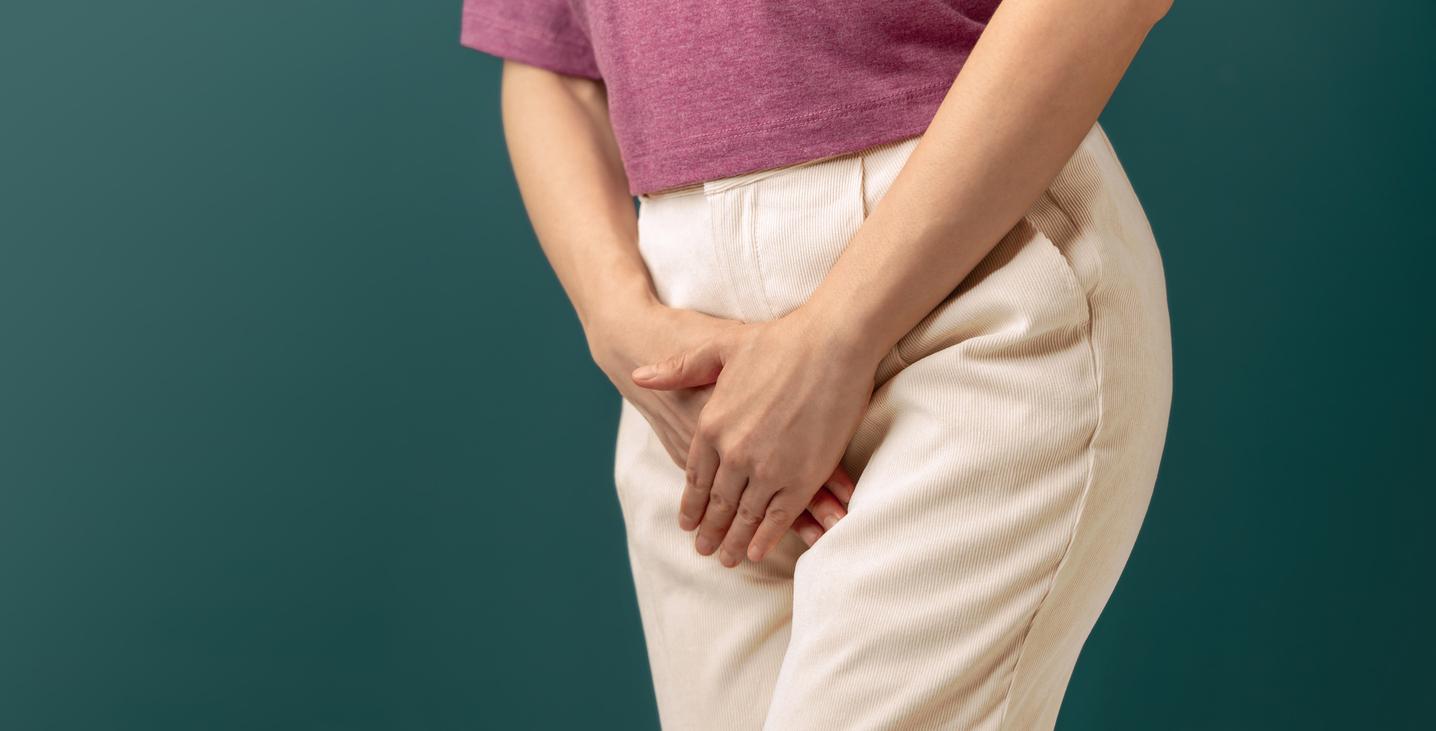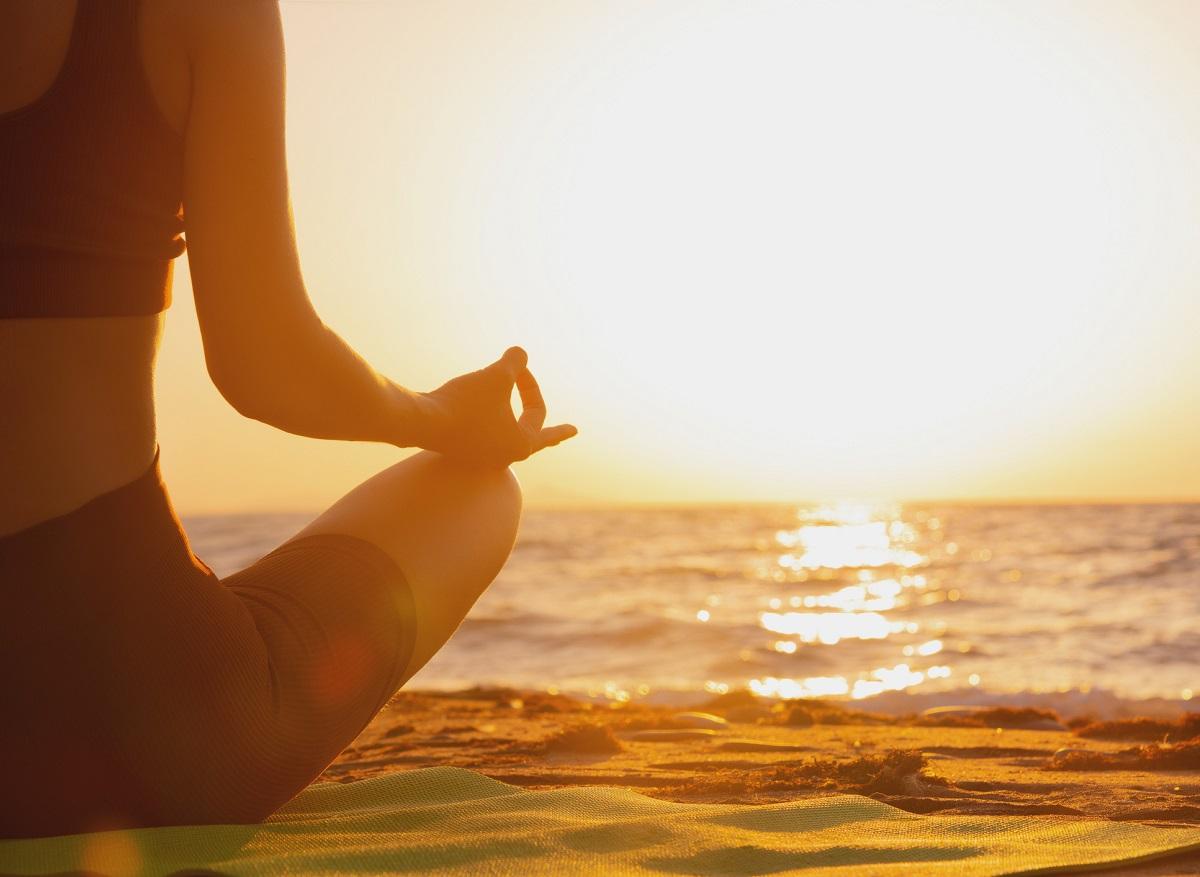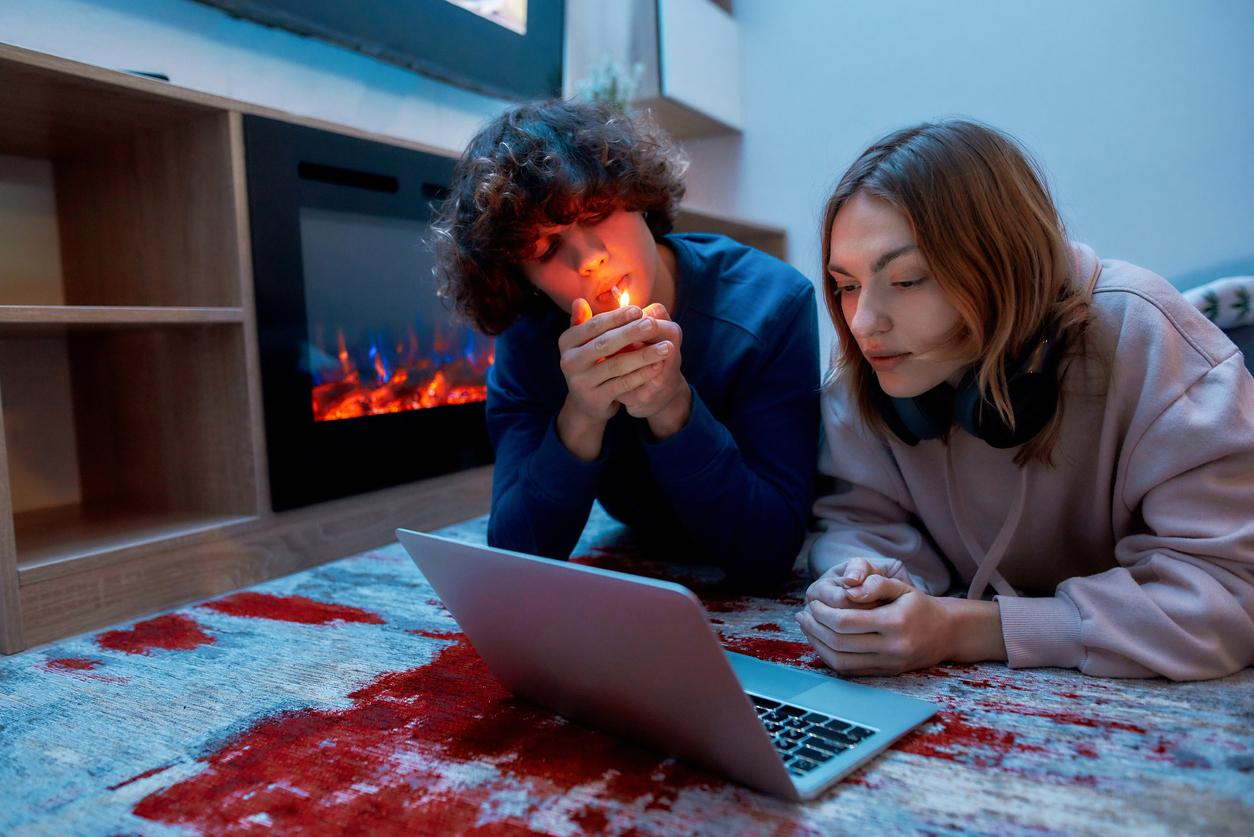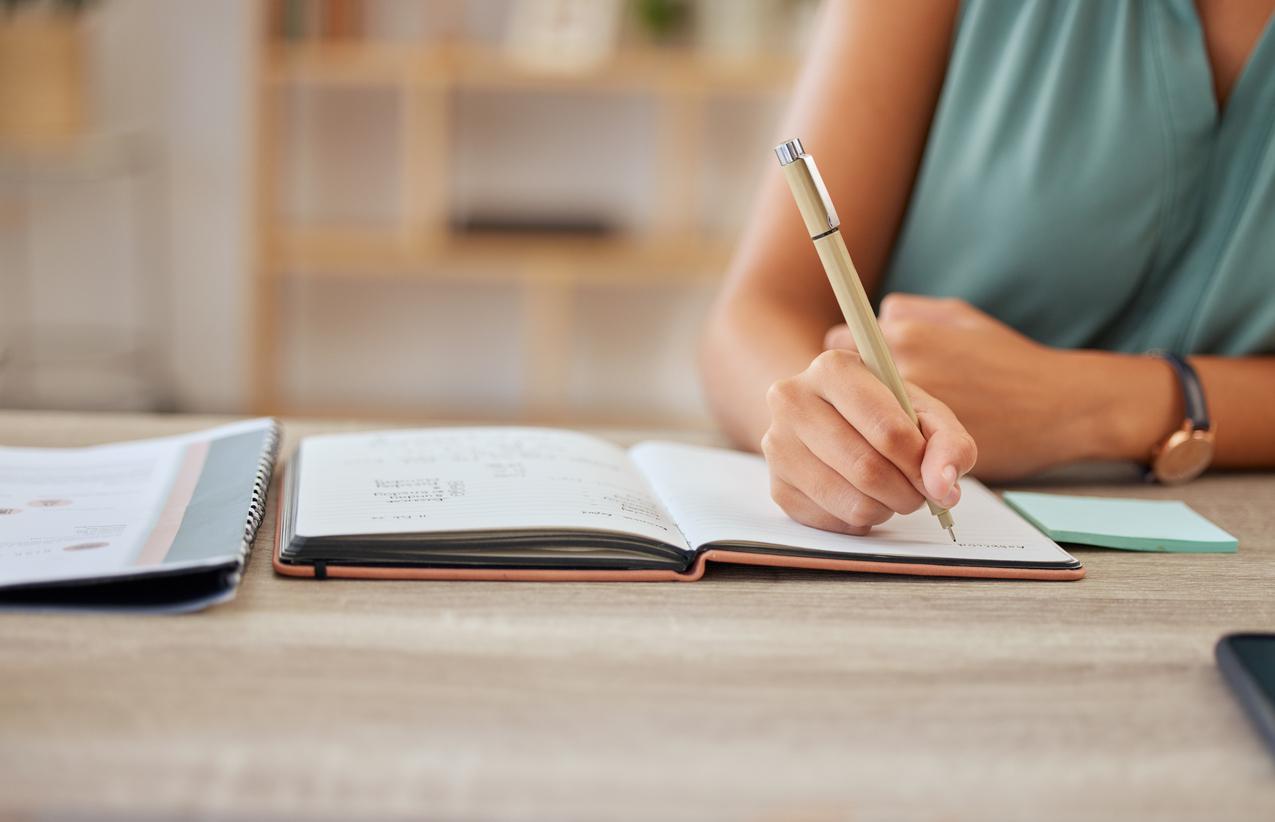Mudras, also called Finger Yoga, are simple hand gestures that stimulate, energize or soothe certain body functions such as immunity, digestion or even stress.
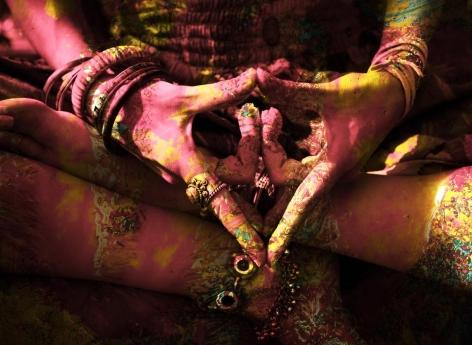
Stress, fatigue, stomach aches, anxiety… sometimes we would like to be able to erase the tensions and pains of everyday life with a snap of our fingers. This is precisely what mudras, also called finger yoga, offer.
Finger yoga: what is it?
The mudras correspond to positions of the fingers which activate the energy circulation in the body and act on the psychic and emotional state as well as the organism. This term comes from the Sanskrit muddy which means “joy, bliss, happiness” and ra “trigger”, or “that triggers joy”.
“Fingers act like magic wands that connect our body to our mind and direct the energy flow within our entire organism, including the brain”explains Ariane Péclard-Sahli, yoga teacher and author of the boxed book “my mudras cards” published by Grancher.
The expert explains that each area of the hand is connected to a part of the body and the brain. it is the same principle as plantar reflexology. Each finger has an action on the organism.
“Taking a mudra is a way to activate our organic functions, soothe emotions, find harmony, strength, support a healing process, evacuate excess tension, or connect with the wisdom of life”adds the specialist.
For example, if you are facing a stressful situation, you can do the mudra of inner purification:
– The thumbs touch the inner side of the ring finger, right next to the nail, both hands at the same time.
Then that of inner harmony:
– The left thumb touches the tip of the left little finger forming a loop.
– The right thumb touches the tip of the right index finger forming a loop.
– Exhale while pressing harder.
Moreover, these movements of the hands and fingers would help to support and multiply the effectiveness of meditation.
Mudras: how to practice these gestures that stimulate energy?
Mudras have a weight advantage over other activities: they are easy to do, and discreet as a bonus. Indeed, requiring no equipment, they can be made anywhere: in the metro, while queuing at the cash desk, at the office or during a walk in the park…
However, some good practices promote their effectiveness:
– make some benevolent gestures towards your hands: you can, for example, caress them and some flexible movements to stretch the muscles;
– rub them against each other as well as each finger (as if to screw them);
– if possible, sit at the front of the seat to make it easier to carry your back straight: “but you can practice standing or lying down”, specifies the expert;
– be mentally available.
Once the mudra has been selected, it is advisable to breathe slowly, deeply, mentally sweeping the body. “Inhale, go beyond the head, and exhale, go down beyond the feet”, explain Ariane Peclard-Sahli. “Formulate and repeat a sentence that sums up your aspiration. Imagine and feel the optimal result to which the mudra (sensations, emotions) leads you”.
“The duration is not very important. A few minutes can be enough. What will influence is the state of unity between your thought, your word, your feelings and your sensations. Inwardly create the sensations that you wish to feel as if it was already a reality. The mudra will activate the circulation in the direction you transmit to it, and you will immediately reap the benefits!”adds the expert.
Last tip from the yoga and meditation teacher: keep track of your practice in a personal notebook.
See this post on Instagram







